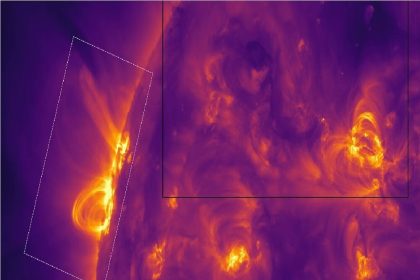Exploring the Moon and Mars, China’s space missions have made amazing discoveries that have revolutionized our understanding of the Solar System. By landing on the farthest point of the moon, the Chang’e-4 mission investigated the soil and the unique radiation environment of this region. Meanwhile, the Tianwen-1 mission studied climate change, land formation, and evidence of subsurface water on Mars. These new discoveries provide valuable insights into planetary composition, cosmic erosion, and the history of celestial bodies.
According to Tekna Technology Media’s astronomy news service, scientists discovered lunar soil (regolith) with very small grains and layers of projectiles at the landing site. Analyzes show that these materials may have come from deep within the moon. According to scientists, the surface of the moon is exposed to very strong radiation, including energetic particles from the sun. These findings are very important for designing future missions. Detailed analyzes have shown that the lunar soil has diverse compositions, and some of its minerals indicate volcanic activity in the moon’s past. Small glasses have been found in the soil of the moon, which were created by the collision of celestial bodies. These glasses contain valuable information about the history of the moon.
In the conducted research, radar imaging has revealed complex structures under the surface of the moon. Reviewing the collected images and data shows that the climate of Mars has changed significantly throughout history. The discovery of certain minerals on the surface of Mars shows that there was liquid water on this planet in the past.
These new discoveries help us better understand the history, composition, and environmental conditions of the Moon and Mars. This information is very important for planning future missions and searching for signs of life on these planets. Also, these discoveries help scientists to better understand the processes of planet formation and the evolution of the solar system.
RCO NEWS













